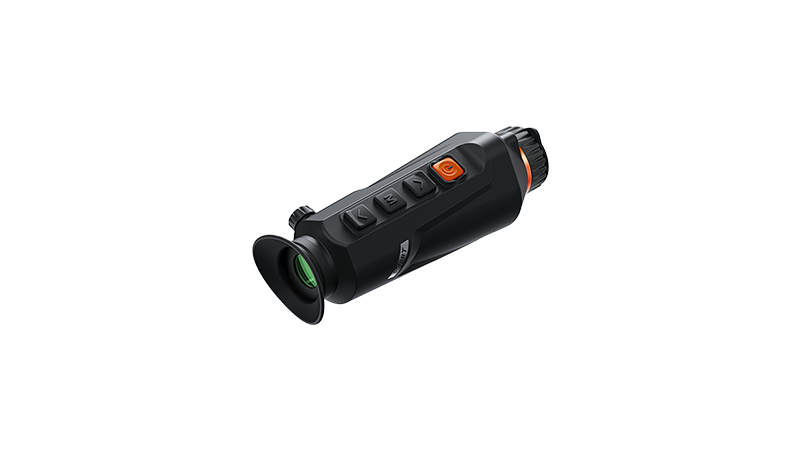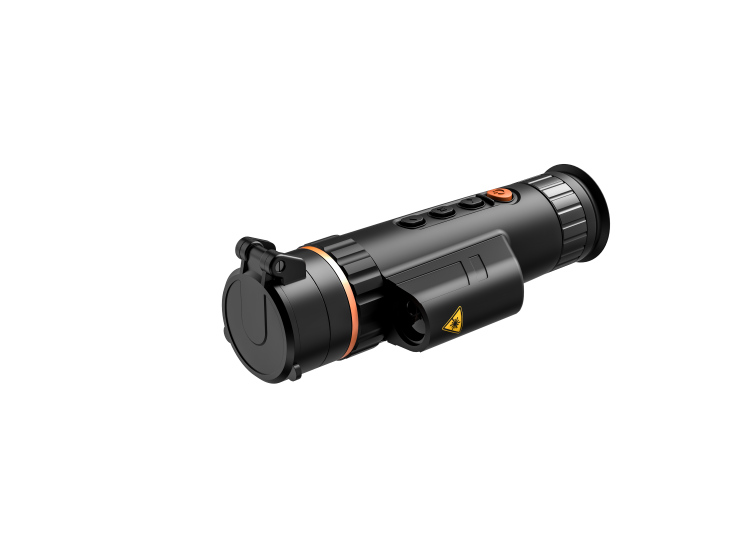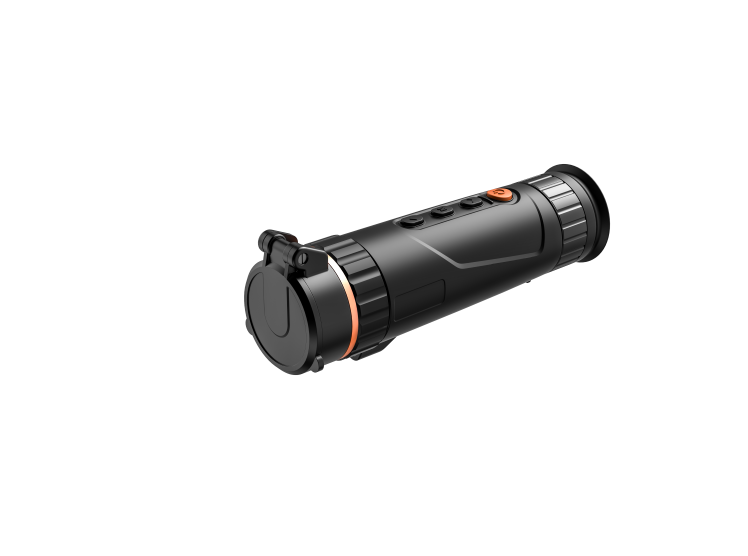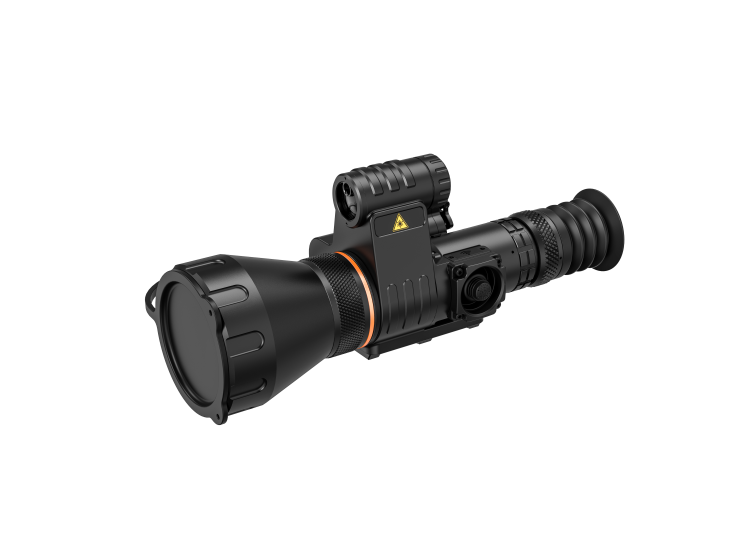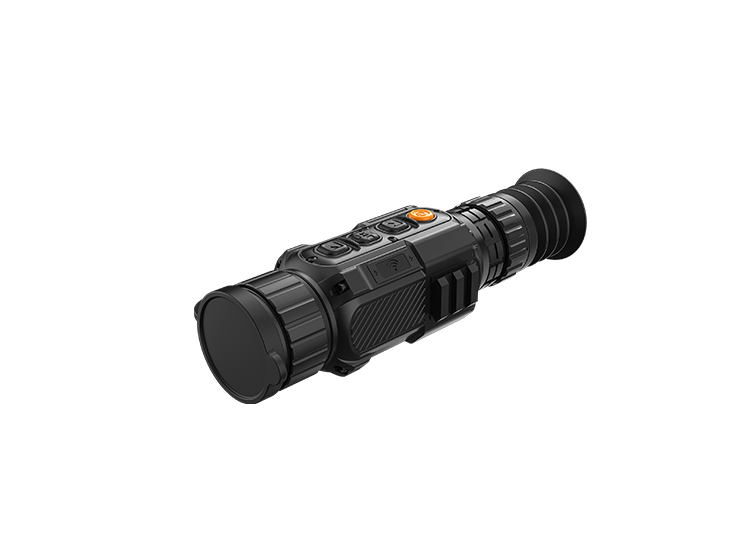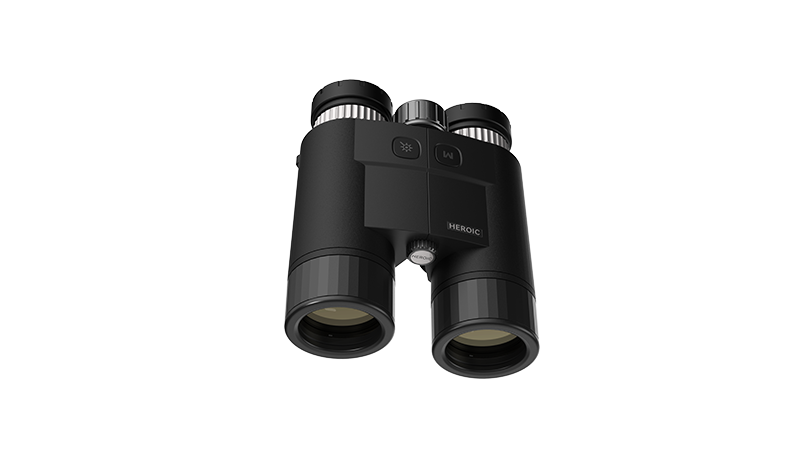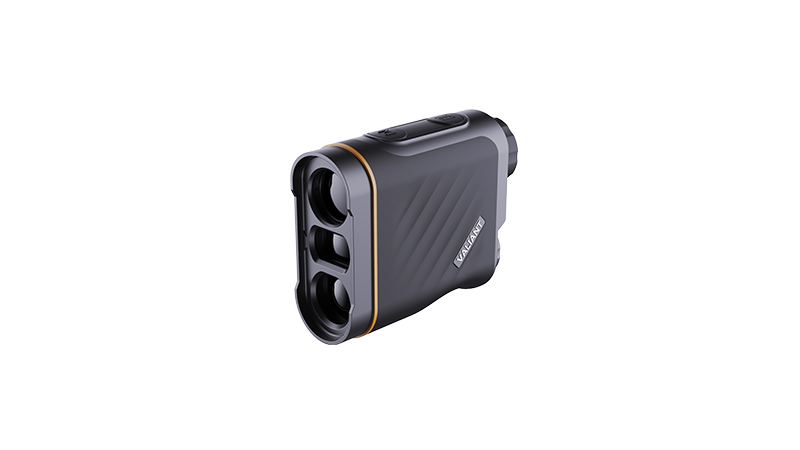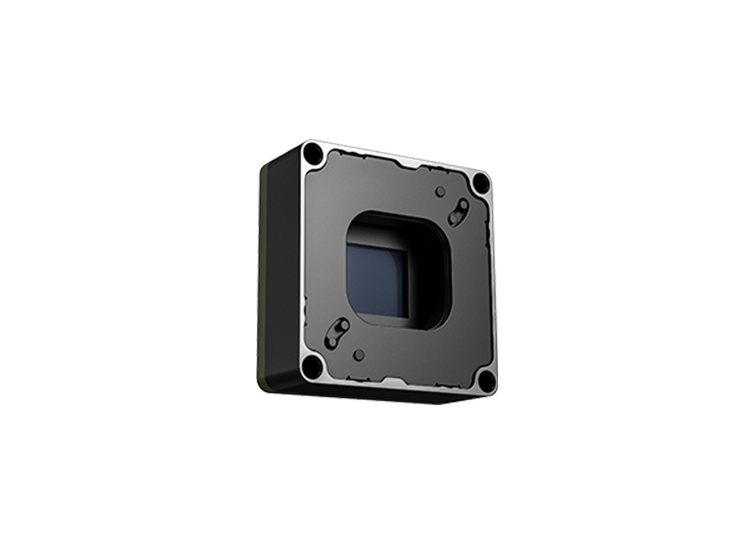The Fundamental Difference Between Thermal Car Cameras and Traditional Headlights
2025/11/18As automotive technology advances, the tools available for enhancing vehicle safety and visibility have evolved significantly. Two prominent technologies in this space are traditional headlights and car thermal imaging systems. While both serve the purpose of illuminating the road, they operate on fundamentally different principles, offering distinct advantages and applications.
Operating Principles: Light vs. Heat Detection
Traditional headlights function by emitting visible light to illuminate the road ahead. These lights rely on halogen, LED, or HID technologies to provide brightness, allowing drivers to see obstacles and navigate safely at night. However, their effectiveness is limited by environmental conditions such as fog, rain, or snow, which can significantly reduce visibility.
In contrast, thermal car cameras operate on the principle of detecting infrared radiation emitted by objects based on their heat signatures. This capability allows thermal car imaging systems to see through adverse weather conditions and darkness, providing a clearer view of potential hazards. By capturing heat rather than light, thermal car cameras can identify pedestrians, animals, and other obstacles that traditional headlights may miss, improving overall safety.
Enhanced Visibility in Challenging Conditions
One of the most significant advantages of car thermal imaging over traditional headlights is its ability to provide enhanced visibility in challenging conditions. Traditional headlights can be severely impacted by environmental factors, such as glare from oncoming traffic or reduced visibility during inclement weather.
Thermal car cameras, such as the Fireye A series uncooled thermal module, excel in these situations. Their ability to operate effectively without being affected by light conditions makes them invaluable for nighttime driving and in scenarios with poor visibility. The advanced infrared detection technology ensures that drivers can detect potential hazards well before they become a threat, allowing for timely reactions and improved safety.
Integration and Technological Advancements
The integration of thermal imaging technology into vehicles is becoming increasingly common, especially with the rise of autonomous driving systems. Modern thermal car cameras are designed to work seamlessly with existing vehicle technologies, enhancing safety features such as collision avoidance and adaptive cruise control.
The Fireye A series uncooled thermal module exemplifies this trend, offering a small, lightweight, and low-power solution that operates continuously without needing mechanical shutters. Its robust design ensures excellent shock and impact resistance, making it ideal for use in a variety of driving conditions. This integration of advanced thermal technology into vehicles not only enhances driver awareness but also contributes to the overall efficiency of automotive safety systems.
Partnering with IRVOTEX for Advanced Thermal Solutions
As the automotive industry continues to evolve, understanding the fundamental differences between thermal car cameras and traditional headlights is essential for enhancing vehicle safety. At IRVOTEX, we specialize in cutting-edge thermal imaging technology, including the innovative Fireye A series uncooled thermal module. Our commitment to quality and reliability ensures that our thermal car imaging solutions enhance visibility and safety on the road. We invite you to explore our advanced thermal technologies and partner with us in driving the future of automotive safety.
 +86 (028) 8535 5966
+86 (028) 8535 5966 +86 17323184180
+86 17323184180 irvotex@votinfrared.com
irvotex@votinfrared.com

